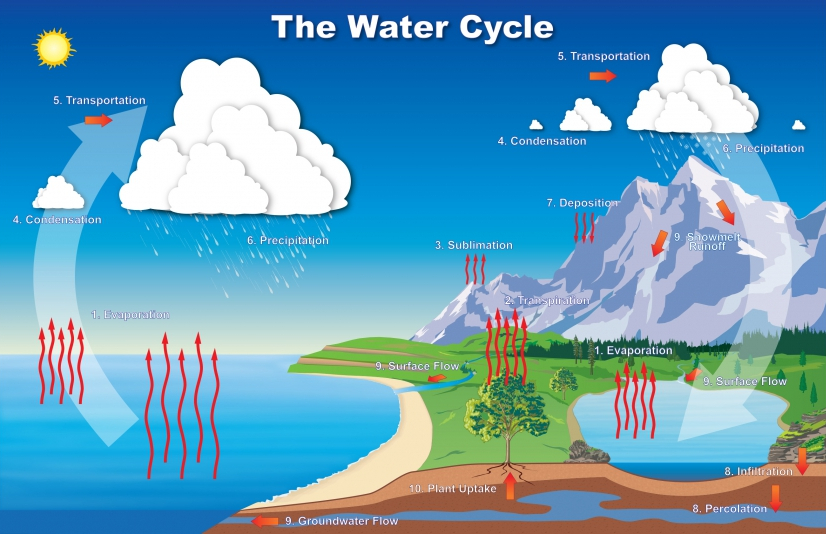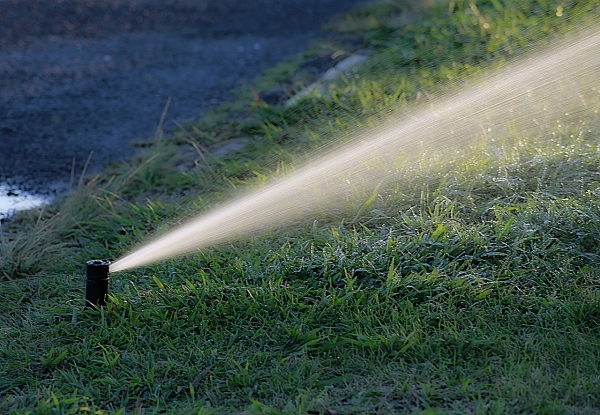- Home
- Admin
- Meetings
- Fry-Ark Project
- Projects
- Water Management
- Agriculture Conservation
- Arkansas River Basin Water Rights
- Conservation Plans
- Conservation & Education
- Education
- Fryingpan-Arkansas Project Water Import Tracking
- Inclusion into the Southeastern Colorado Water Conservancy District
- Legislation
- The Allocation of Fryingpan-Arkansas Project Water & Project Water Return Flows
- RRA
- Snow Pack Monitoring
- Water Conservation BMP Tool Box
- Winter Water Storage
- Water Wise Gardening
- Login
Irrigation Systems
In the world of gardening, where water is the lifeline of plants, rain holds an unrivaled position as the most efficient and cost-effective irrigation method. Unlike man-made systems that demand infrastructure, energy, and resources, rain effortlessly delivers the hydration plants need without any human intervention. Pueblo County recieves on average 10-15 inches of annual precipitation with the wettest months usually being July and August during the monsoon season. Native plants have evolved to thrive in these conditions with no supplemental watering required. If you want a greater diversity of garden plants or a lawn then you will need additional water to meet their requirements. Hand-watering has been shown to be the most water saving method of artificial irrigation since most people only water by hand on an as needed basis. If you are looking for a more hands-off approach then automatic irrigation systems can be a great time saver but they do require some yearly maintenance to ensure that they are working properly.
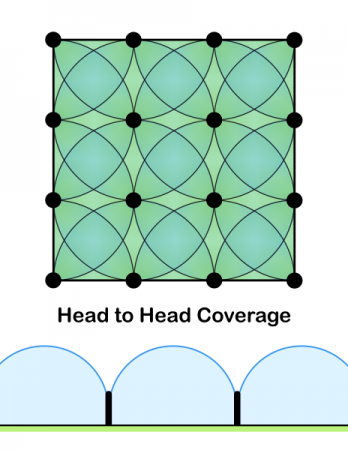
Sprinkler systems are well-suited for irrigating large, open areas such as lawns or athletic fields. They can cover a broad expanse with a uniform distribution of water. Pop-up sprays are more efficient for small lawns while rotors/impact heads are better for larger areas. Keep in mind, rotors and impact sprinkler heads apply water at a much slower rate than pop-up heads and need to be timed differently to accomplish the amounts needed for good applications. The most critical concept to keep in mind when planning these systems is ”head to head coverage." This means the water from one sprinkler head must reach all the way to the neighboring head. A common mistake is to skimp on the number of sprinkler heads in a lawn only to have to hand water areas to keep dry spots from appearing or over watering to keep the area without sufficient coverage green. Watering stations should only use the same brand and type of sprinkler heads so that uniform irrigation distribution is obtained. It is recommended before programming your irrigation timer to perform a simple water audit on lawn areas to determine the actual amount of water a station applies.
Learn More:
Colorado State University Extension - Operating and Maintaining a Home Irrigation System
Colorado State University Extension - Calculating Precipitation Rates
Colorado State University Extension - Home Sprinkler Systems: Backflow Prevention Devices
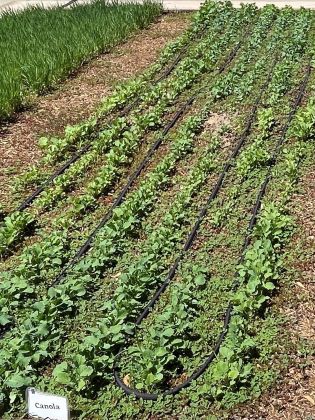
Drip systems are highly water-efficient as they deliver water directly to the base of plants, minimizing evaporation and water waste. This makes them ideal for regions with water scarcity or where water conservation is a priority. When planning these systems it is critical to calculate the volume, pressure and number of emitters correctly. They work well for trees, shrubs, some perennial garden beds, and sloped terrain where water runoff and erosion is a concern. Separating trees and large woody shrubs into a station of their own and installing enough emitters to cover the whole root area will make your system much more user friendly in the long run. The smaller plants typically used in perennial beds have different watering needs than trees and large woody shrubs, and designing to those differing needs will make your system easier to use. Vegetable beds, where crops should be rotated, are easier to irrigate with soaker hoses that can be configured easily.
Learn More:
Colorado State University Extension - Drip Irrigation for Home Gardens
University of California Master Gardener Program - Drip Irrigation
University of Arizona Extension - Drip Irrigation Basics
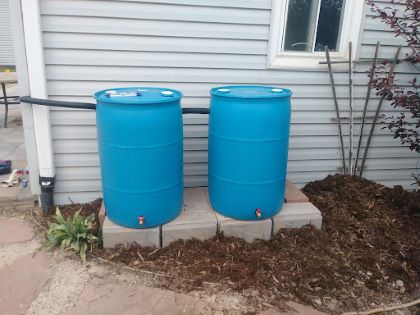
Rainwater harvesting is the collection and storage of rain, instead of allowing it to run off. A common method is using rain barrels connected to downspouts. In Colorado you are allowed a maximum of two rain barrels with a combined storage of 110 gallons or less per household. Another method is creating a rain garden by diverting water from your downspouts into a bowl-shaped depression designed as a garden. This slows the flow of rainwater, allowing the water to penetrate into the soil and can help prevent flooding and erosion.
Learn More:
Colorado State University Extension - Rainwater Collection in Colorado
Colorado Stormwater Center - Rain Barrels
Colorado Stormwater Center - Building a Rain Garden in Colorado
In the world of gardening, a growing awareness of the importance of water conservation has prompted a shift towards more responsible practices. Gardeners should understand their role in preserving water resources, focusing on strategic irrigation and mindful plant selection. Following the principles and methods that define water-wise gardening will not only enhance the beauty of our outdoor spaces but also contribute to the broader effort of safeguarding our planet's precious water supply.
Learn More:
Colorado State University Extension - Water Wise Tips For Colorado Landscapes
Green Industries of Colorado - Conservation Resources
